More Rain…Now What?
Illinois experienced significant rainfall this week, including a derecho that brought substantial precipitation to several areas. How will this impact the crops? Our IL Soy Envoys share their insights on the situation, along with updates on fungicide applications, pollination challenges, corn leaf aphids, soybean diseases, and more.
Should You Apply a Fungicide?
Halfway through the growing season, many farmers are debating fungicide application despite low commodity prices. What do our IL Soy Envoys and Certified Crop Advisers think? Tune in for their latest crop updates, Hurricane Beryl rainfall reports, Illinois record crop predictions, and more!
Staging Soybeans for Fungicide at the R3 Growth Stage
When scouting soybeans for fungicide application, it's important to first check the growth stage across the field. Stephanie Porter, CCA, demonstrates how to identify the R3 growth stage in soybean plants and how to inspect for diseases such as Septoria brown spot and insect damage.
And the Bad News Is?
After a week's break, the IL Soy Envoys have returned to provide their latest field reports. They cover precipitation levels—or the lack thereof in some regions—and discuss the emergence of tar spot and other potential diseases.
IL Crop Conditions Getting Worse?
On the latest episode of the ILSoyAdvisor podcast, the Soy Envoys discuss Illinois crop conditions, emergence issues, "floppy corn," ongoing weed scouting, and pest concerns such as slugs, Japanese beetles, and stinkbugs.
Understanding the Crop Injury Risks of PRE Herbicides in Early-Planted Soybeans
As farmers continue to plant soybeans earlier, there are concerns about preemergence (PRE) herbicide injury to emerging seedlings. Supported by the Illinois Soybean Association, the University of Illinois Crop Sciences department is evaluating different PRE herbicides on early-planted soybeans to give farmers access to crop injury ratings for better weed management decisions.
Monitoring Root Development and Planning for Fungicide
Crop conditions across the state remain highly variable, and the IL Soy Envoys share their regional updates. This episode also covers wheat harvest, root establishment issues, slug damage, crops in the "ugly duckling" phase, herbicide misapplications, and notes for fungicide season.
Which Insect Pests and Diseases Cause the Most Damage to Soybean Stems in Illinois?
Researchers collected over 200 diseased stems from 59 counties in Illinois between 2022 and 2023 to address gaps in understanding soybean stem pests and diseases. Based on this data, Dr. Nick Seiter highlights the significance of dectes stem borer in no-till fields in south-central Illinois, while Dr. Jason Bond discusses prevalent diseases such as fusarium, stem-canker, and charcoal rot across various counties, offering management strategies to combat these issues.
“Way Too Early” Soybean Yield Predictions
In the latest podcast episode, the Soy Envoys share challenges posed by highly variable crop conditions, including yellowing in fields, persistent waterhemp problems, and root development issues. They also share their "way too early" soybean yield predictions and offer a detailed crop report from their region.
How Can the Profitability of Double Crop Wheat and Soybeans Be Improved?
Double crop soybeans after winter wheat can enhance profitability and soil health in the Midwest, but success depends on identifying early-maturing winter wheat varieties to optimize soybean planting conditions. This Illinois Soybean Association-funded project aims to identify high-yielding winter wheat varieties that can be harvested earlier and allow earlier planting of double-crop soybeans to maximize soybean yield potential.

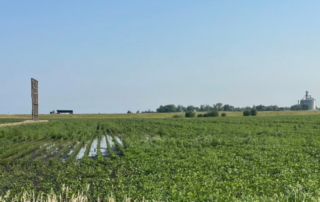
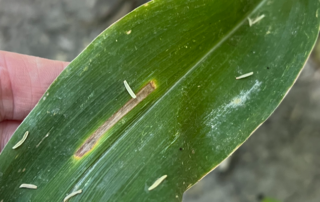
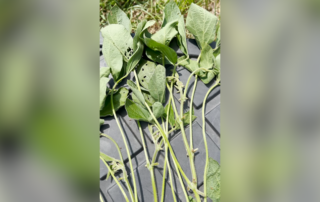
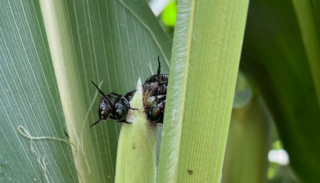
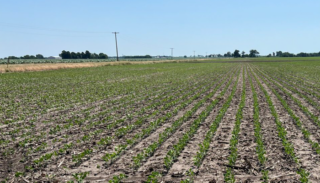
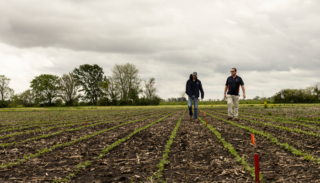
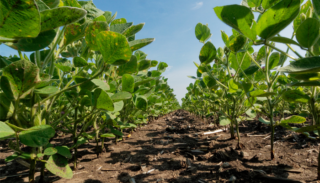
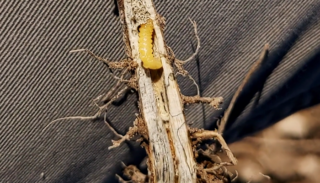
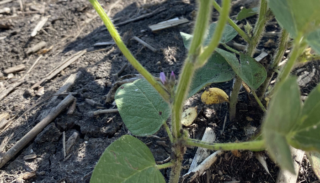
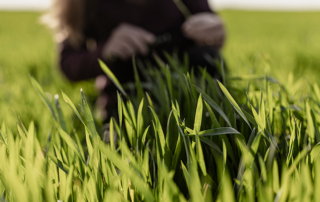

 and then
and then